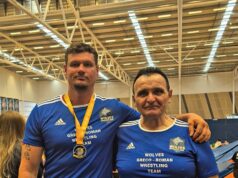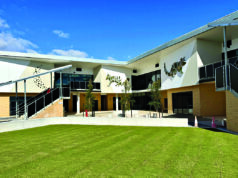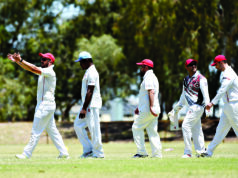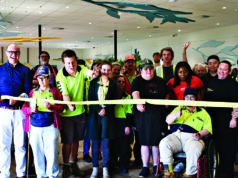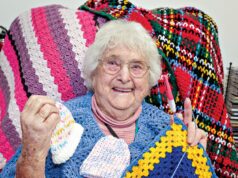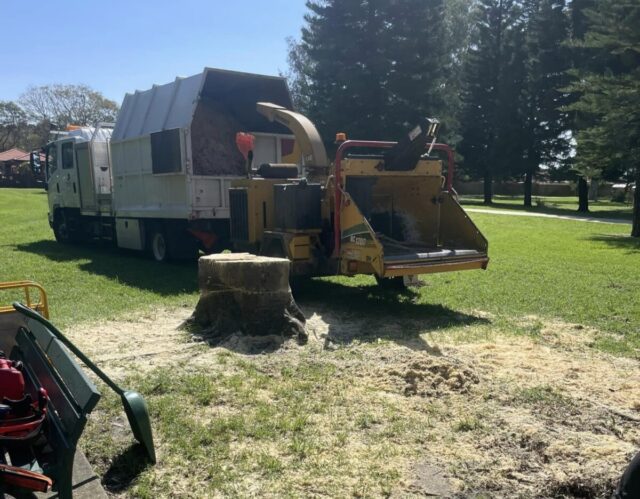
The invasive polyphagous shot-hole borer (PSHB) is continuing to threaten local tree populations in Canning, prompting urgent calls for community vigilance and action.
The City of Canning estimates that, aside from the environmental impact of the tree loss, the amenity value lost to date from mature tree removal exceeds $207,000.
Of most concern, Bicentennial Adenia Reserve in Riverton, located near Canning River Regional Park, has reported 33 confirmed cases of PSHB, with an additional 12 trees displaying symptoms.
PSHB is an invasive beetle from Southeast Asia that tunnels into trees, creating passages that disrupt the flow of water and nutrients, ultimately leading to tree death and posing a significant threat to urban canopies and agriculture in the state.
In April this year, the City of Canning allocated $100,000 to combat the PSHB in the local area.
As the Department of Primary Industries and Regional Development (DPIRD) is primarily responsible for managing the crisis, the council is now collaborating with them to develop a plan that will allocate these funds for the active inspection, monitoring, and management of mature trees most at-risk.
Mayor Patrick Hall said the city is pleased to be working with DPIRD to help control the spread of PSHB but believes there’s room for improvement in resource allocation and response times.
“Council concerns are centred around what they perceive to be a lack of resourcing contributing to an inability to respond to the PSHB threat effectively,” he said.
“Council also have concerns about formal identification of the pest being required before trees can be removed, and removals needing to comply with DPIRD protocols, leading to significant delays in response times.”
As of September 20, the City of Canning has had to remove 46 street and park trees due to infestation of PSHB, while the amount of trees DPIRD have removed is unknown at this time.
After taking a morning stroll, Canning Councillor Paul Tucek was quickly reminded of the devastating impact the troublesome pest is having in the local area.

“While walking the dogs this morning, I was disappointed not to see two very mature trees in beautiful Sheldrake Park, Willetton,” Councillor Tucek said in a Facebook post.
“Contractors were cutting down the trees to stumps due to the Shot Hole Borer,”

In an effort to mitigate the loss of trees, the State Government recently announced an investment of $7.2 million to enhance Perth’s canopy cover in response to PSHB infestations.
An estimated 16,000 trees are set to be planted, with both local governments and residential landholders eligible to apply for and receive funding through the program.
With over 3,700 public reports of suspect sightings received since the shot-hole borer was first detected two-and-a-half years ago, Agriculture and Food Minister Jackie Jarvis is urging the public to continue monitoring their trees and report any sightings to DPIRD at 9368 3080 or on the MyPestGuide Reporter app.
“Sadly, no treatment options have proven to be effective anywhere in the world and tree pruning and removal of infested trees is the only way to stop the spread of the shot-hole borer,” she said.
“We need everyone’s help in the battle against the shot-hole borer, and community surveillance and reporting is so important because early detection is key.”
Although the beetle is only the size of a sesame seed, there are key signs to look out for, including beetle entry holes, discolouration or staining of wood, galleries (intricate tunnels created by the beetles), gumming (the excretion of sap or resin), frass (fine sawdust expelled from the tunnels), and dieback (the gradual decline or death of branches or leaves).
Two quarantine area notices have now been implemented, extending across the entire Perth Metropolitan area, to restrict the movement of wood and plant materials, hoping to prevent further spread of the invasive beetle.



